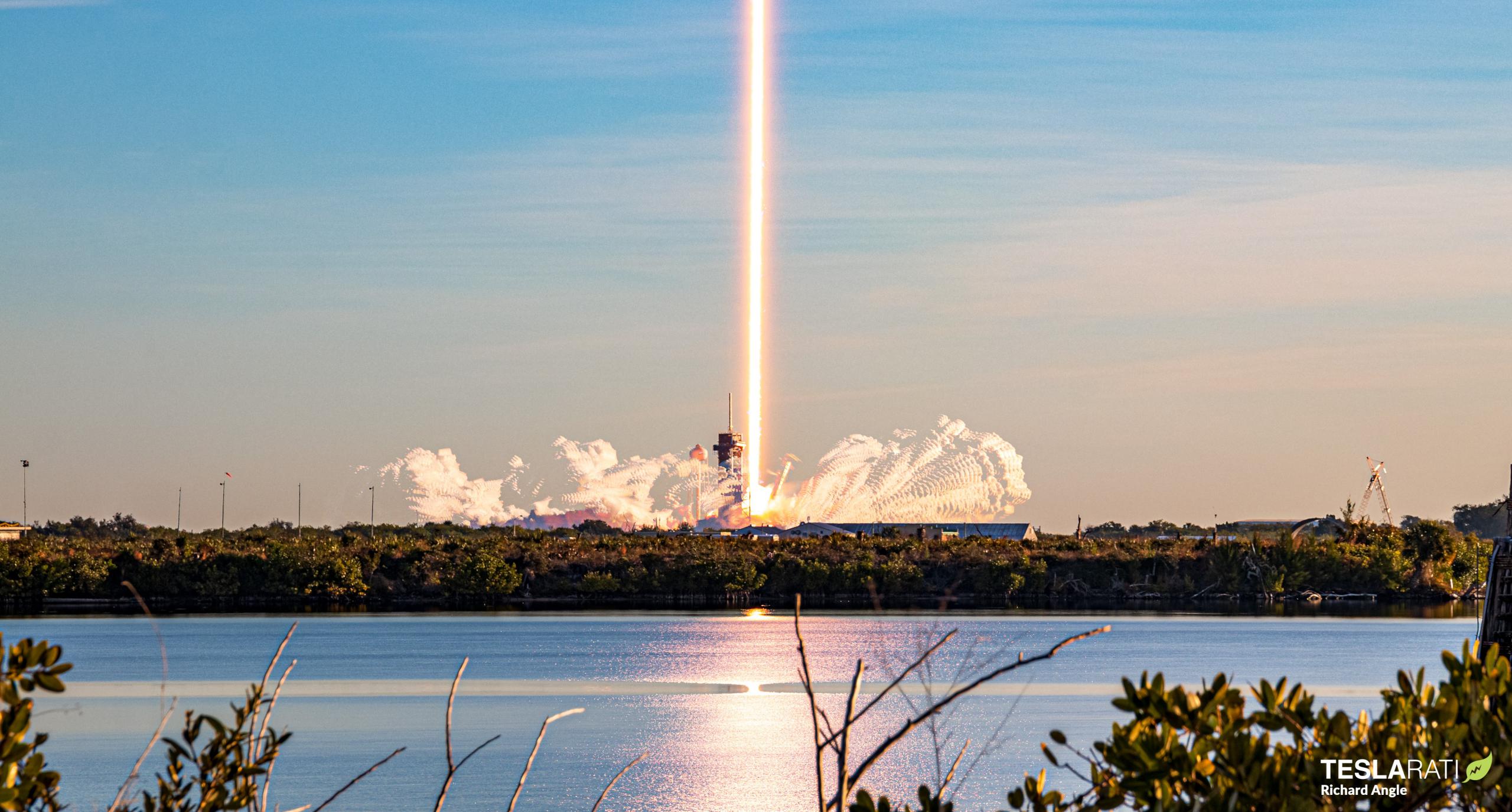
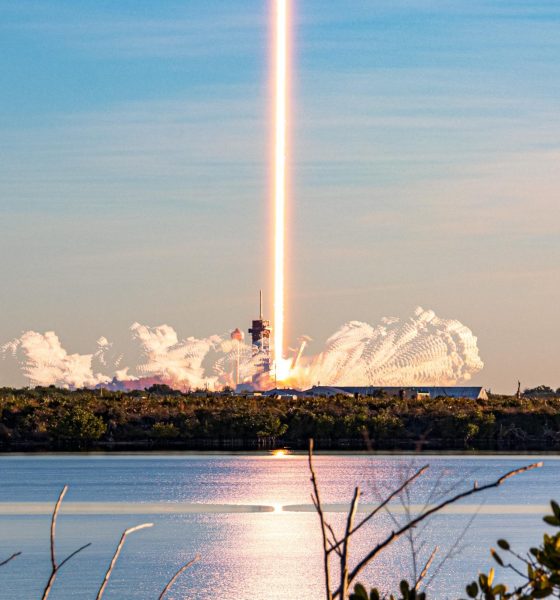
News
SpaceX Falcon 9 rocket aces eighth launch and “envelope expansion” landing
SpaceX has successfully completed the first of dozens of Starlink launches planned in 2021, simultaneously crushing multiple rocket reusability records and completing an “envelope expansion” booster landing at sea.
Ending several days of delays, Falcon 9 booster B1051, an expendable upper stage, a flight-proven payload fairing, and 60 new Starlink satellites lifted off at 8:02 am EST, kicking off SpaceX’s 16th operational Starlink mission and 17th Starlink launch overall. Roughly an hour later, after spinning up end over end, Falcon 9’s orbital second stage successfully released all 60 satellites to complete an exceptionally milestone-rich mission.
Starlink-16 is such a significant mission for several different reasons.
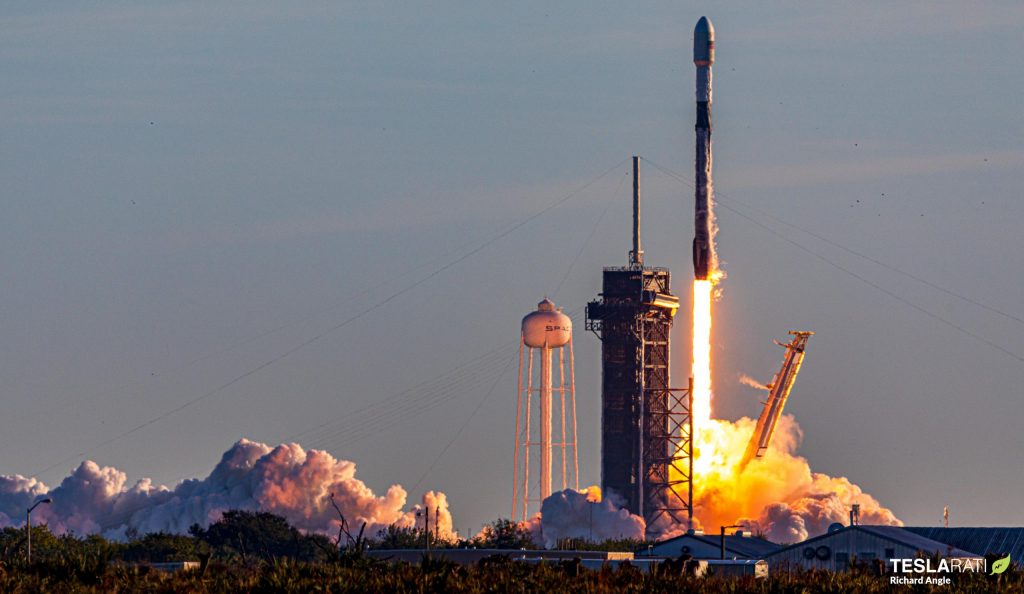
First and foremost, as previously discussed on Teslarati, Falcon 9 B1051 simultaneously crushed the world-record for rocket turnaround and became the first booster to successfully launch and land eight times, making it SpaceX’s “life-leader” in multiple ways.
“Last flown for the seventh time on December 13th, Falcon 9 B1051 is now scheduled to attempt its eighth orbital-class launch and landing just 36 days later, beating the 51-day world record by almost a third (~30%) and simultaneously becoming the first Falcon booster to launch eight times. If successful, SpaceX’s Falcon rockets will be mere days away from demonstrating monthly reusability.”
Teslarati.com – January 17th, 2021
Delayed from January 17th to the 20th, that schedule didn’t hold exactly but B1051 did still become the first reusable rocket to drop below the 40-day turnaround mark, completing two launches and landings in 38 days, crushing the previous world record of 51 days (also held by Falcon 9) by almost two weeks.
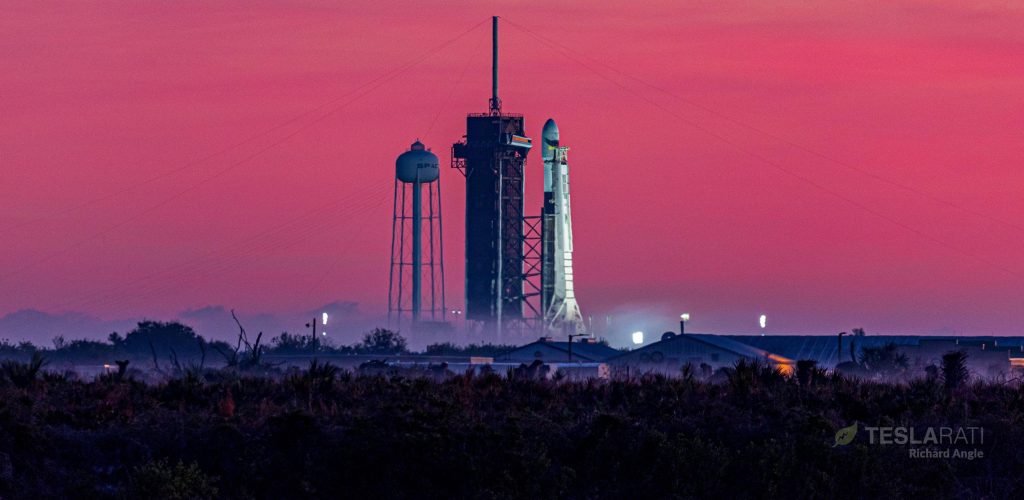
Those milestones alone are major achievements for SpaceX’s workhorse rocket, leaving the Falcon Block 5 design upgrade just two flights away from achieving its 10-flight design goal and seven or eight days away from monthly reusability. The fact alone that SpaceX’s turnaround timing appears to be accelerating for fleet-leader (most flown) boosters serves as a clear sign that the design has almost certainly achieved that 10-flight goal and is likely capable of far more flights still. If that trend continues, Falcon 9 B1051 could complete its ninth and tenth flights as early as March and April.
Additionally, while a 38-day turnaround is significantly more than a magnitude away from CEO Elon Musk’s long-held goal of 24-hour reusability, it does represent an order-of-magnitude improvement from SpaceX’s first booster reuses, which averaged 200-500+ days between flights.
According to SpaceX, Starlink-16 and booster B1051’s last milestone was successfully expanding Falcon 9’s operational envelope by landing in exceptionally high ground winds. Completed with no apparent issues, that success means that SpaceX will be able to expand the range of conditions Falcon 9 can launch and land in, improving the odds of favorable weather in the future.

Investor's Corner
Mizuho keeps Tesla (TSLA) “Outperform” rating but lowers price target
As per the Mizuho analyst, upcoming changes to EV incentives in the U.S. and China could affect Tesla’s unit growth more than previously expected.
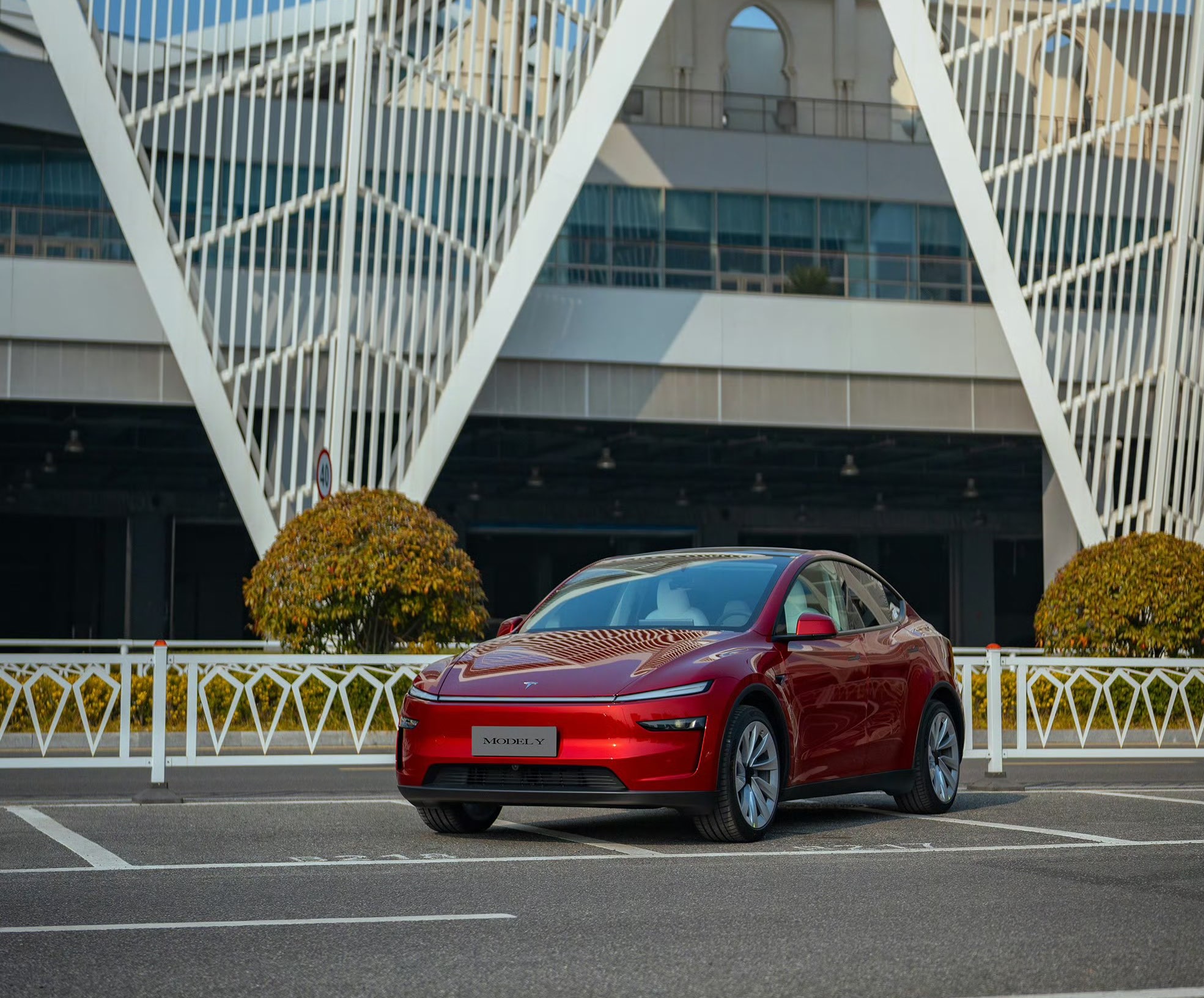
Mizuho analyst Vijay Rakesh lowered Tesla’s (NASDAQ:TSLA) price target to $475 from $485, citing potential 2026 EV subsidy cuts in the U.S. and China that could pressure deliveries. The firm maintained its Outperform rating for the electric vehicle maker, however.
As per the Mizuho analyst, upcoming changes to EV incentives in the U.S. and China could affect Tesla’s unit growth more than previously expected. The U.S. accounted for roughly 37% of Tesla’s third-quarter 2025 sales, while China represented about 34%, making both markets highly sensitive to policy shifts. Potential 50% cuts to Chinese subsidies and reduced U.S. incentives affected the firm’s outlook.
With those pressures factored in, the firm now expects Tesla to deliver 1.75 million vehicles in 2026 and 2 million in 2027, slightly below consensus estimates of 1.82 million and 2.15 million, respectively. The analyst was cautiously optimistic, as near-term pressure from subsidies is there, but the company’s long-term tech roadmap remains very compelling.
Despite the revised target, Mizuho remained optimistic on Tesla’s long-term technology roadmap. The firm highlighted three major growth drivers into 2027: the broader adoption of Full Self-Driving V14, the expansion of Tesla’s Robotaxi service, and the commercialization of Optimus, the company’s humanoid robot.
“We are lowering TSLA Ests/PT to $475 with Potential BEV headwinds in 2026E. We believe into 2026E, US (~37% of TSLA 3Q25 sales) EV subsidy cuts and China (34% of TSLA 3Q25 sales) potential 50% EV subsidy cuts could be a headwind to EV deliveries.
“We are now estimating TSLA deliveries for 2026/27E at 1.75M/2.00M (slightly below cons. 1.82M/2.15M). We see some LT drivers with FSD v14 adoption for autonomous, robotaxi launches, and humanoid robots into 2027 driving strength,” the analyst noted.
News
Tesla’s Elon Musk posts updated Robotaxi fleet ramp for Austin, TX
Musk posted his update on social media platform X.

Elon Musk says Tesla will “roughly double” its supervised Robotaxi fleet in Austin next month as riders report long wait times and limited availability across the pilot program in the Texas city. Musk posted his update on social media platform X.
The move comes as Waymo accelerates its U.S. expansion with its fully driverless freeway service, intensifying competition in autonomous mobility.
Tesla to increase Austin Robotaxi fleet size
Tesla’s Robotaxi service in Austin continues to operate under supervised conditions, requiring a safety monitor in the front seat even as the company seeks regulatory approval to begin testing without human oversight. The current fleet is estimated at about 30 vehicles, StockTwists noted, and Musk’s commitment to doubling that figure follows widespread rider complaints about limited access and “High Service Demand” notifications.
Influencers and early users of the Robotaxi service have observed repeated failures to secure a ride during peak times, highlighting a supply bottleneck in one of Tesla’s most visible autonomy pilots. The expansion aims to provide more consistent availability as the company scales and gathers more real-world driving data, an advantage analysts often cite as a differentiator versus rivals.
Broader rollout plans
Tesla’s Robotaxi service has so far only been rolled out to Austin and the Bay Area, though reports have indicated that the electric vehicle maker is putting in a lot of effort to expand the service to other cities across the United States. Waymo, the Robotaxi service’s biggest competitor, has ramped its service to areas like the San Francisco Bay Area, Los Angeles, and Phoenix.
Analysts continue to highlight Tesla’s long-term autonomy potential due to its global fleet size, vertically integrated design, and immense real-world data. ARK Invest has maintained that Tesla Robotaxis could represent up to 90% of the company’s enterprise value by 2029. BTIG analysts, on the other hand, added that upcoming Full Self-Driving upgrades will enhance reasoning, particularly parking decisions, while Tesla pushes toward expansions in Austin, the Bay Area, and potentially 8 to 10 metro regions by the end of 2025.
News
Tesla finishes its biggest Supercharger ever with 168 stalls
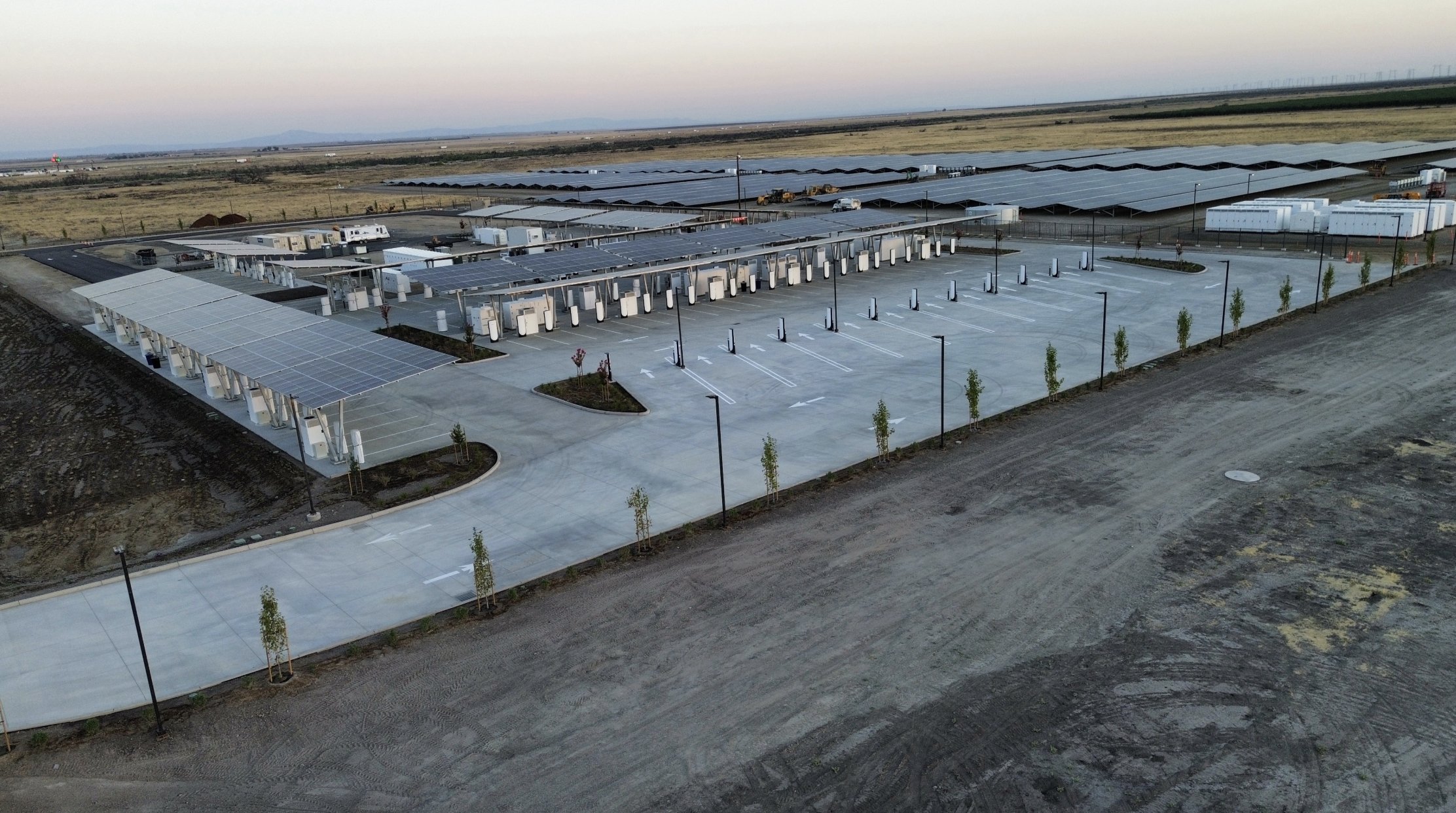
Tesla has finished construction at its biggest Supercharger ever in Lost Hills, California, and all 168 stalls are officially open as of today.
After several years of development, the company has officially announced that the Lost Hills Supercharger, known as Project Oasis, is officially open with 168 stalls active and available to drivers.
Tesla announced the completion of the Lost Hills Supercharger on Tuesday, showing off the site, which is powered by 10 Megapack batteries for storage and is completely independent of the grid, as it has 11 MW of solar panels bringing energy to the massive Battery Energy Storage System (BESS).
All 168 Stalls at the Tesla Supercharger in Lost Hills, California are officially open! pic.twitter.com/eo9xmZyUNB
— TESLARATI (@Teslarati) November 25, 2025
This is the largest Supercharger in the world and opens just in time for the Thanksgiving holiday, which is the most-traveled weekend of the year in the United States.
Spanning across 30 acres, it was partially opened back in July 2025 as Tesla opened just 84 of the 168 stalls at the site. However, Tesla finished certifying the site recently, which enabled the Supercharger to open up completely.
The site generates roughly 20 GWh of energy annually, which is enough to power roughly 1,700 homes. The launch of this site specifically is massive for the company as it plans to launch more Superchargers in more rural areas, making charging more available for cross-country rides that require stops in more remote regions of the United States.
This is perhaps the only weak point of Tesla’s massive charging infrastructure.
It has some features that are also extremely welcome for some owners, including things like pull-through stalls for those who tow, an idea that was extremely popular following the launch of the Cybertruck.
Tesla has over 70,000 active Superchargers across the world. The company has also made efforts to create unique experiences at some of the stops, most notably with its Tesla Diner, located on Santa Monica Boulevard in Los Angeles.
That Supercharger has two massive drive-in movie theaters and will soon transition to a full-service restaurant following the departure of its executive chef, Eric Greenspan.








